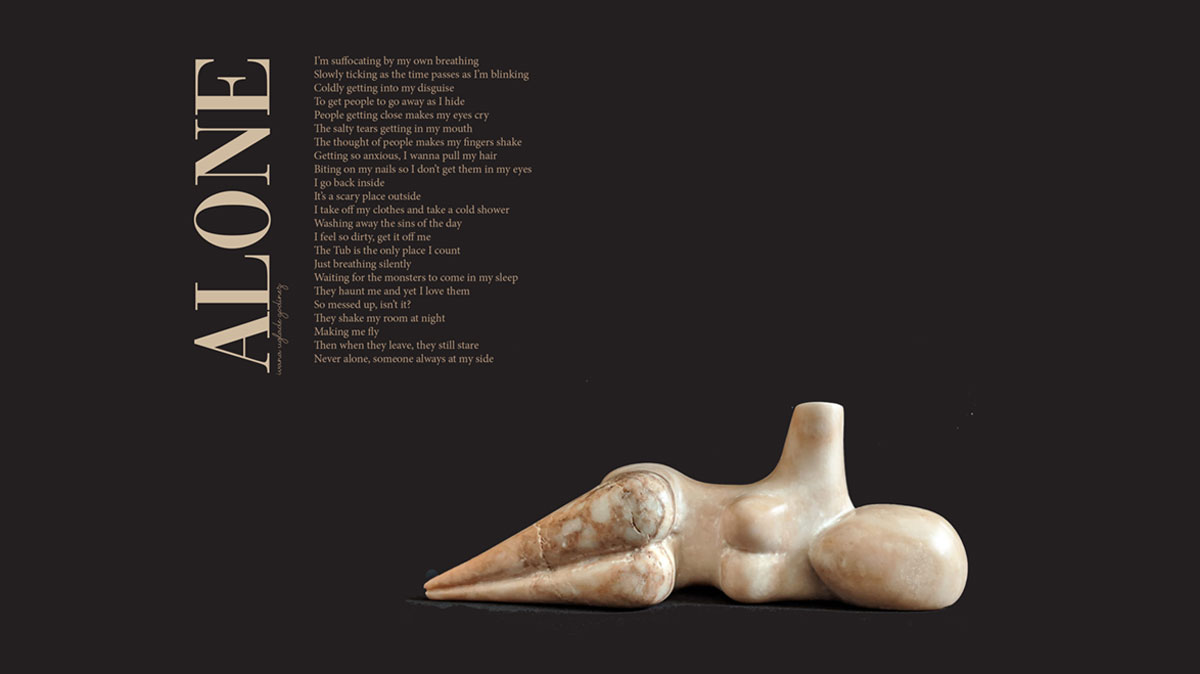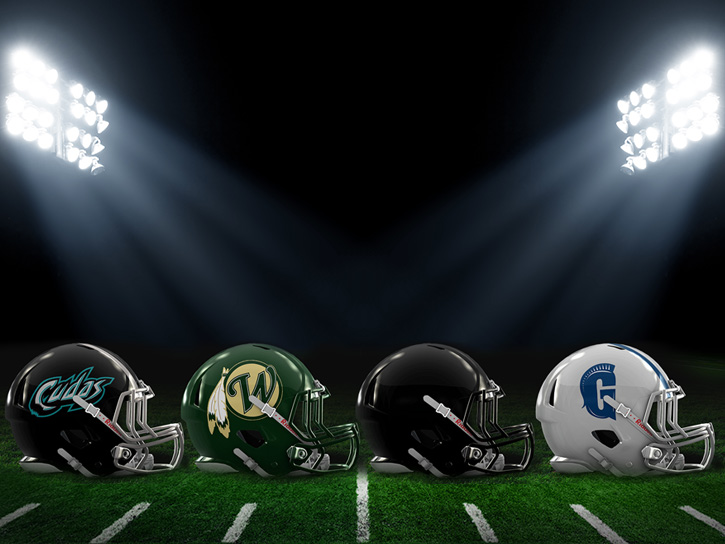3D printers in schools can generate a lot of creative projects, but Willy Orozco and his students have taken their imaginations to the next level, using Gulliver’s 3D printer to build prosthetics for children around the world. “Students are starting to understand that even though they are just in middle school, they have the capacity to change someone’s life,” says Orozco. “My main goal is for students to learn compassion and I hope this is serving as a real-life example of that.” After first building a hand for a boy in Bolivia, Orozco came across the story of five-year-old Chloe and enlisted the help of student Edward Whipple to embark on yet another prosthesis project, the end result of which was delivered (by Whipple) to the young girl this summer. We spoke with Orozco a bout the genesis of the project, his own background and the unlimited potential of student creativity.
bout the genesis of the project, his own background and the unlimited potential of student creativity.
How did you begin working with the 3D printer and how long has Gulliver had it? How do students work with it?
When Gulliver purchased its first 3D printers four years ago, we used them to print 3D designs created by the students as part of their Engineering Capstone project. In our curriculum, we incorporated 3D printing into social studies and science classes, and we also encouraged students to be creative and print anything they want as long as they are the ones who designed it.
What is your background? Building something like a prosthesis seems incredibly difficult, did you have experience with this type of engineering before?
Even though my background is in earth science, I became involved in this project after seeing a Google Innovator video where an engineering teacher was having his student’s 3D print prosthetic hands. This led me to pursue the construction of a prosthetic hand and that’s when I came across an organization called eNabling the Future, a member-based group from around the world that help create and design 3D printed assistive hand devices for those in need.
Chloe’s hand was not the first prosthetic built in the department. What was the origin of the first prosthetic and what was it like to deliver it?
The first hand we made was for a little boy named Eduardo who was from Bolivia. I contacted his parents and after learning more about his story, I decided to make him a prosthetic hand. Being that this was my first time building a hand, I felt a huge responsibility to make sure it was built well. I enlisted the help of one of my students to design and build the hand together. Once the hand was ready, I took the opportunity to personally deliver it to Eduardo in Bolivia. The experience was out of this world! On the one hand, I felt incredibly proud of my student for their dedication and hard work, while at the same time I was immensely happy for Eduardo his family. I still keep in touch with them to this day, and now we are in the process of working to potentially bring a few 3D printers to Bolivia so we can help other kids like Eduardo.
How did you learn about Chloe and how did the process work?
We found Chloe’s mom, an artist and writer of children’s books in England, after seeing a tweet on her Twitter inquiring about a prosthetic hand for her daughter. At three-months-old, Chloe developed meningococcal septicemia, which produced severe complications causing many joints, including her right wrist, to not form properly and ceased development in her right arm. Edward was instrumental in helping design and build Chloe’s prosthetic hand. Under my supervision, he worked on producing a hand with the ability to grip and close whenever Chloe bent her elbow to allow for greater ease when grabbing objects. I am very proud of how focused Edward was on building Chloe’s hand, he put about 40 hours of his own time into this project. After assembling the hand, Edward traveled to England to personally deliver it to Chloe.
What’s the next project?
I am currently looking for more recipients. If there was any way to find some in Miami, and if we could invite them to our school and have all of our engineering students interact with them, it would heighten the experience to a whole new level. Anyone who knows of someone in need can reach out and contact me directly!














 Deering Estate
Deering Estate
 Massage Envy South Miami
Massage Envy South Miami
 Calla Blow Dry
Calla Blow Dry
 My Derma Clinic
My Derma Clinic
 Sushi Maki
Sushi Maki
 Sports Grill
Sports Grill
 The Healthy Kitchen
The Healthy Kitchen
 Golden Rule Seafood
Golden Rule Seafood
 Malanga Cuban Café
Malanga Cuban Café

 Kathleen Ballard
Kathleen Ballard
 Panter, Panter & Sampedro
Panter, Panter & Sampedro
 Vintage Liquors
Vintage Liquors
 The Dog from Ipanema
The Dog from Ipanema
 Rubinstein Family Chiropractic
Rubinstein Family Chiropractic
 Your Pet’s Best
Your Pet’s Best
 Indigo Republic
Indigo Republic




 ATR Luxury Homes
ATR Luxury Homes


 2112 Design Studio
2112 Design Studio
 Hamilton Fox & Company
Hamilton Fox & Company
 Creative Design Services
Creative Design Services
 Best Pest Professionals
Best Pest Professionals
 HD Tree Services
HD Tree Services
 Trinity Air Conditioning Company
Trinity Air Conditioning Company
 Cisca Construction & Development
Cisca Construction & Development
 Mosquito Joe
Mosquito Joe
 Cutler Bay Solar Solutions
Cutler Bay Solar Solutions


 Miami Royal Ballet & Dance
Miami Royal Ballet & Dance
 Christopher Columbus
Christopher Columbus
 Pineview Preschools
Pineview Preschools
 Westminster
Westminster
 Carrollton
Carrollton
 Lil’ Jungle
Lil’ Jungle
 Frost Science Museum
Frost Science Museum
 Palmer Trinity School
Palmer Trinity School
 South Florida Music
South Florida Music
 Pinecrest Orthodontics
Pinecrest Orthodontics
 Dr. Bob Pediatric Dentist
Dr. Bob Pediatric Dentist
 d.pediatrics
d.pediatrics
 South Miami Women’s Health
South Miami Women’s Health

 The Spot Barbershop
The Spot Barbershop
 My Derma Clinic
My Derma Clinic




 Miami Dance Project
Miami Dance Project

 Rubinstein Family Chiropractic
Rubinstein Family Chiropractic
 Indigo Republic
Indigo Republic

 Safes Universe
Safes Universe
 Vintage Liquors
Vintage Liquors
 Evenings Delight
Evenings Delight





 Atchana’s Homegrown Thai
Atchana’s Homegrown Thai
 Baptist Health South Florida
Baptist Health South Florida

 Laser Eye Center of Miami
Laser Eye Center of Miami
 Visiting Angels
Visiting Angels
 OpusCare of South Florida
OpusCare of South Florida

 Your Pet’s Best
Your Pet’s Best





 HD Tree Services
HD Tree Services
 Hamilton Fox & Company
Hamilton Fox & Company


 Creative Design Services
Creative Design Services